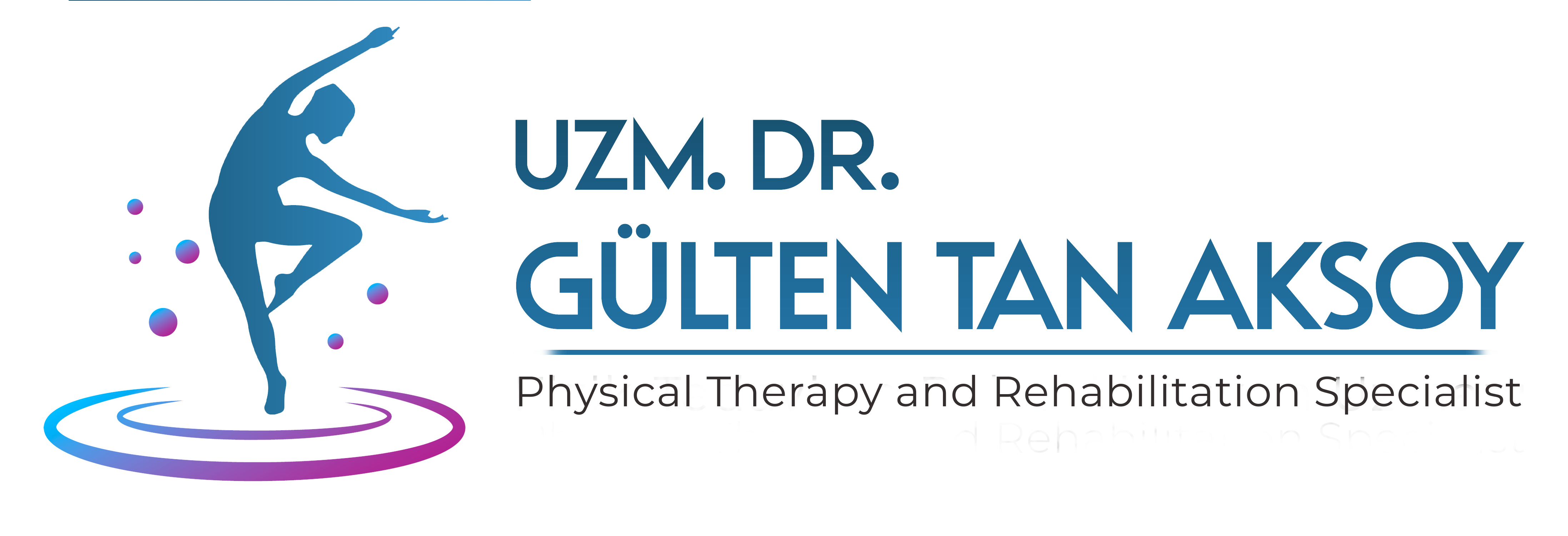Effect Mechanism of Ozone
Ozone rapidly transforms into molecular oxygen and oxygen radicals in biological environments, creating a moderate oxidative stress in the body. In this way, ozone is perceived as an oxidative threat in the body. This results in the stimulation of enzymes working in antioxidant defense systems. The ozone dose should be sufficient to produce an acute, clear and temporary oxidative stress. Lower doses cause a placebo effect, and higher doses cause toxicity. Therefore, it is very important to set ozone doses correctly. Moderate oxidative stress activates nuclear factor-erythroid 2-related factor-2 (Nrf-2). Nrf-2 triggers the transcription of antioxidant response elements (ARE). However, severe oxidative stress activates nuclear transcription factor kappa (NFkB), leading to an inflammatory response and ultimately tissue destruction by increasing the production of cyclooxygenase (COX)-2, prostaglandin (PG) E2 and cytokines. The key point in ozone therapy is the regulation of oxidative stress level.
Dissolved ozone in body fluids reacts immediately with antioxidants and polyunsaturated fatty acids, producing reactive oxygen compounds (ROS) (most importantly H2O2) and lipid peroxidation products (LOP) with longer half-lives, which have a short half-life. In the first phase, H2O2 diffuses into the cell cytoplasm and acts as a trigger. It causes different chemical pathways according to the cell types it affects. Reactive oxygen products act as short-acting messengers and are removed by antioxidants in a very short time, but the complex pharmacodynamics of lipid peroxidase products allow them to be long-term messengers by minimizing their potential toxicity.
Ozone dissolves in the water component of the synovial fluid and reacts with biomolecules, leading to the formation of ROS and LOP. The result is inhibition of the release of proinflammatory cytokines and proteolytic enzymes, as well as a decrease in the level of inflammation with the release of immunosuppressive cytokines, transforming growth factor beta 1 (TGF-b1) and interleukin 10 (IL-10). Increased TGF-b1 regulates the expression of integrins, stimulates the synthesis of matrix proteins such as collagen and glycosaminoglycans. Chondrocyte and matrix proliferation stimulated by the H2O2 pathway leads to increased articular cartilage synthesis.
In systemic ozone applications, ROPs and LOPs formed after interaction with plasma trigger different mechanisms in many cells. Activation of the pentose phosphate pathway as a result of exposure of erythrocytes to ozone causes acceleration of glycolysis. An increase in 2,3-diphosphoglycerate values causes a right shift in the oxyhemoglobin curve; this allows oxygen to be released to hypoxic tissues more easily. Even very low LOP concentrations during erythrogenesis can cause up-regulation of antioxidant enzymes. The young erythrocytes produced have a higher amount of glucose6-phosphate-dehydrogenase (G6PDH) enzyme than the old erythrocytes and they have higher metabolic properties. These erythrocytes are successful in correcting hypoxia in vascular diseases. When the effect of reactive oxygen molecules on leukocytes is examined, it has been shown that it induces a cytokine [tumor necrosis factor alpha (TNF-a), IL-2, IL-6, IL-8, TGF-b], albeit weakly. In addition, H2O2 can easily diffuse through the leukocyte membrane and activate specific protein kinases. Another effect of reactive oxygen molecules is platelet activation.[ Activated platelets contribute to the healing process by releasing growth factors.





